Results
-
£84.99
Let's Celebrate Wind Band Set (Score & Parts)
Is there something to be celebrated? Then let's play 'Let's Celebrate'! This four-part suite has been based on two birthday songs: the world-famous 'Happy Birthday to you' (which is also sung in many other languages), and the Dutch song 'Lang zal hij/zij leven'. The Fanfare opens in grand style with the motif of 'Lang zal hij leven' and is followed by a cheerful March in which the motifs of both songs can be heard. The third part, Song, forms a moment of contemplation, and the birthday presents are unwrapped by the percussion section in the fourth part, Surprise Party. The yell may be adapted to the occasion. (the sleigh bells caused the composer to note down this somewhat peculiar yell). Of course everybody is expected to join in. 07:00
Estimated dispatch 7-14 working days
-
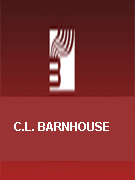 £44.55
£44.55Potomac Heritage (Concert Band - Score and Parts)
Featuring the same well-known folk song used by John Barnes Chance's in his Variations on a Korean Folk Song, here's a delightful piece that introduces some fascinating new sounds and textures to younger bands.
Estimated dispatch 7-14 working days
-
 £75.24
£75.24The Gladiator (Concert Band - Score and Parts) - Sousa, John Philip
At the end of WW I Sousa seized on a happy moment of victory to compose a joyous song of celebration welcoming home the returning troops. His stirring "march song" is now available in a new edition for concert band. It can be also used with band and optional voice(s). Vocal text by Sousa's daughter Helen is included.
Estimated dispatch 7-14 working days
-
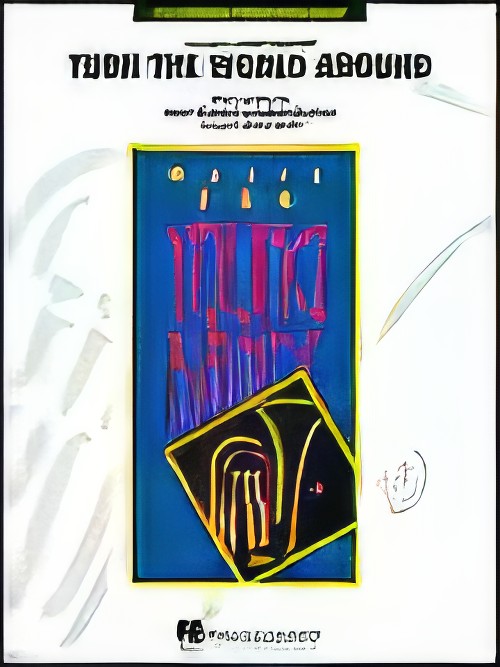 £53.50
£53.50TURN THE WORLD AROUND (Intermediate Concert Band) - Brown, Michael
Harry Belafonte's masterful song about the interconnection between fire, water, mountain and spirit was performed to much acclaim on the The Muppet Show in 1977. The song, which explains that through understanding we can all "turn the world around," became a favourite of Muppet creator Jim Henson and was performed at his memorial service. Featuring an infectious African-flavored groove in 5/4, this is a unique and effective setting for band.
Estimated dispatch 7-14 working days
-
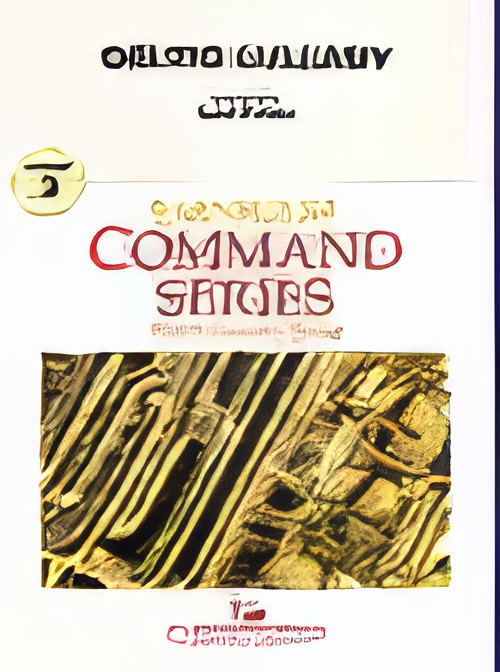 £55.00
£55.00Celtic Lullaby (Concert Band - Score and Parts) - Phillips, Todd
Add an international flair to your next concert with this inspired piece based upon the old Irish folk song, "Carrickfergus," a town in Northern Ireland that has existed since medieval times. The folk song has been recorded by many artists including Charlotte Church, Joan Baez, Celtic Woman, Van Morrison, and 10,000 Maniacs. Performers will enjoy playing the lyrical melody as it moves throughout the band. A wide variety of percussion instruments will add to the Celtic flavor of the piece. A lovely melodic selection for any concert performance! Duration: 3.00
Estimated dispatch 7-14 working days
-
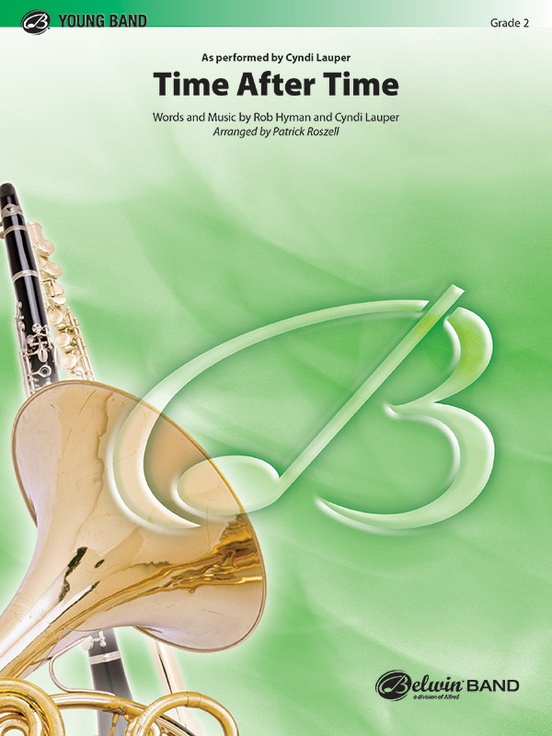 £61.95
£61.95Time After Time
Awarded Song of the Year at the 1985 Grammy Awards, Cyndi Lauper's timeless ballad, "Time After Time," is still as poignant as ever. The song was a success on the charts as well; it became her first number-one single on the U.S. Billboard Hot 100 chart on June 9, 1984 and remained there for two weeks. With its gentle groove and positive message, this classic tune arranged by Patrick Roszell will make a great addition to your pop or spring concert program, even graduation. This title is available in MakeMusic Cloud.
Estimated dispatch 3-5 working days
-
 £53.95
£53.95Kye Kye Kule
Kye Kye Kule (Chay Chay Koo-lay) is a traditional call-and-response song performed by countless children in Africa and around the world. This arrangement provides a spotlight for a soloist or small groups while also highlighting the full ensemble. Everyone will be sure to enjoy this setting of an iconic African call-and-response song.Original Item#: RWS-2302-00
Estimated dispatch 3-5 working days
-
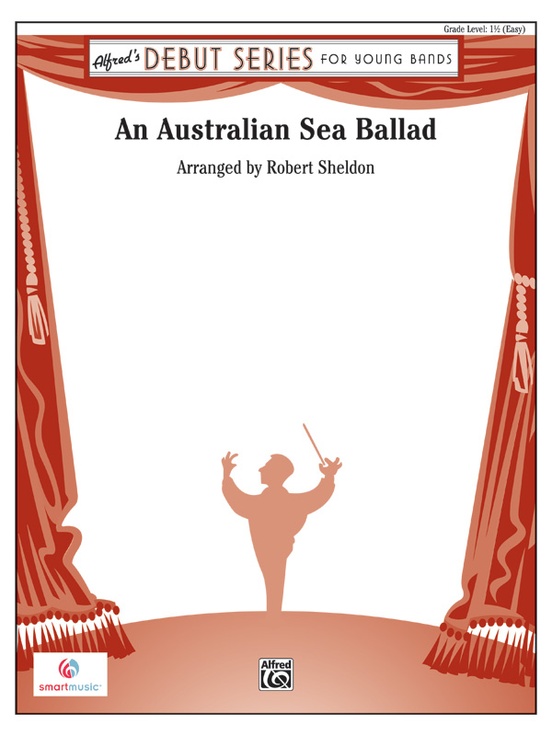 £48.95
£48.95An Australian Sea Ballad - Robert Sheldon
The Australian folk song "Catalpa" was inspired by the escape of Irish prisoners from a jail in Freemantle, Western Australia in 1876. It is said that the song became so popular in area pubs that it was banned and anyone caught singing it would be arrested. This beautiful setting allows for the utmost blend and sonority of the full band and provides a wonderful contrasting moment in any concert program. This title is available in MakeMusic Cloud.
Estimated dispatch 3-5 working days
-
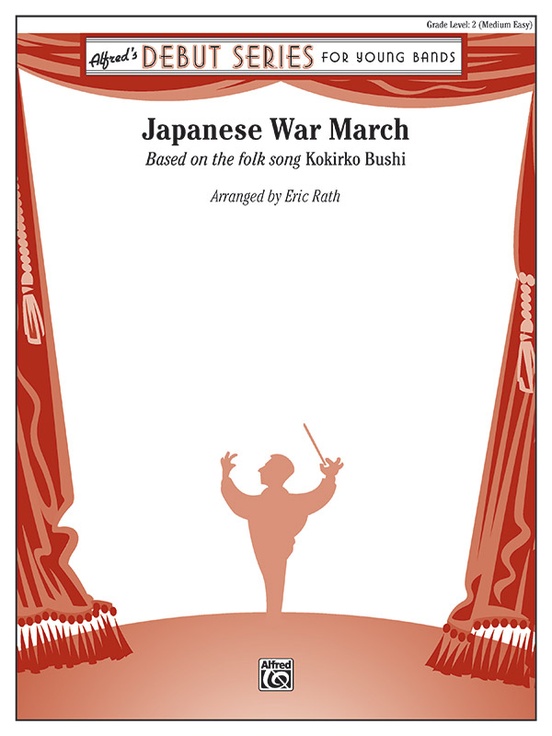 £53.95
£53.95Japanese War March
"Kokiriko Bushi" is long believed to be the oldest folk song in Japan. Normally, this song is presented in a serene setting, but has a new life as an up-tempo, war-like march. A vast array of authentic sounds is used, inspired by Japanese Noh Theater. (2:30) This title is available in MakeMusic Cloud.
Estimated dispatch 3-5 working days
-
 £45.95
£45.95Two Chinese Folk Songs - John O'Reilly
The two folk songs in this arrangement are contrasting in style but they both share the characteristic pentatonic scale that is a staple of Chinese and other Asian cultures. musically portrays the lovely scent and beauty of the flower that is often worn in the hair of Asian women. is a much livelier song that combines the pentatonic scale with syncopated rhythms. "Feng Yang" is a region in the Anhui Province of China and "Ge" means song. Correlates with Book 1. Page 32 This title is available in MakeMusic Cloud.
Estimated dispatch 3-5 working days
